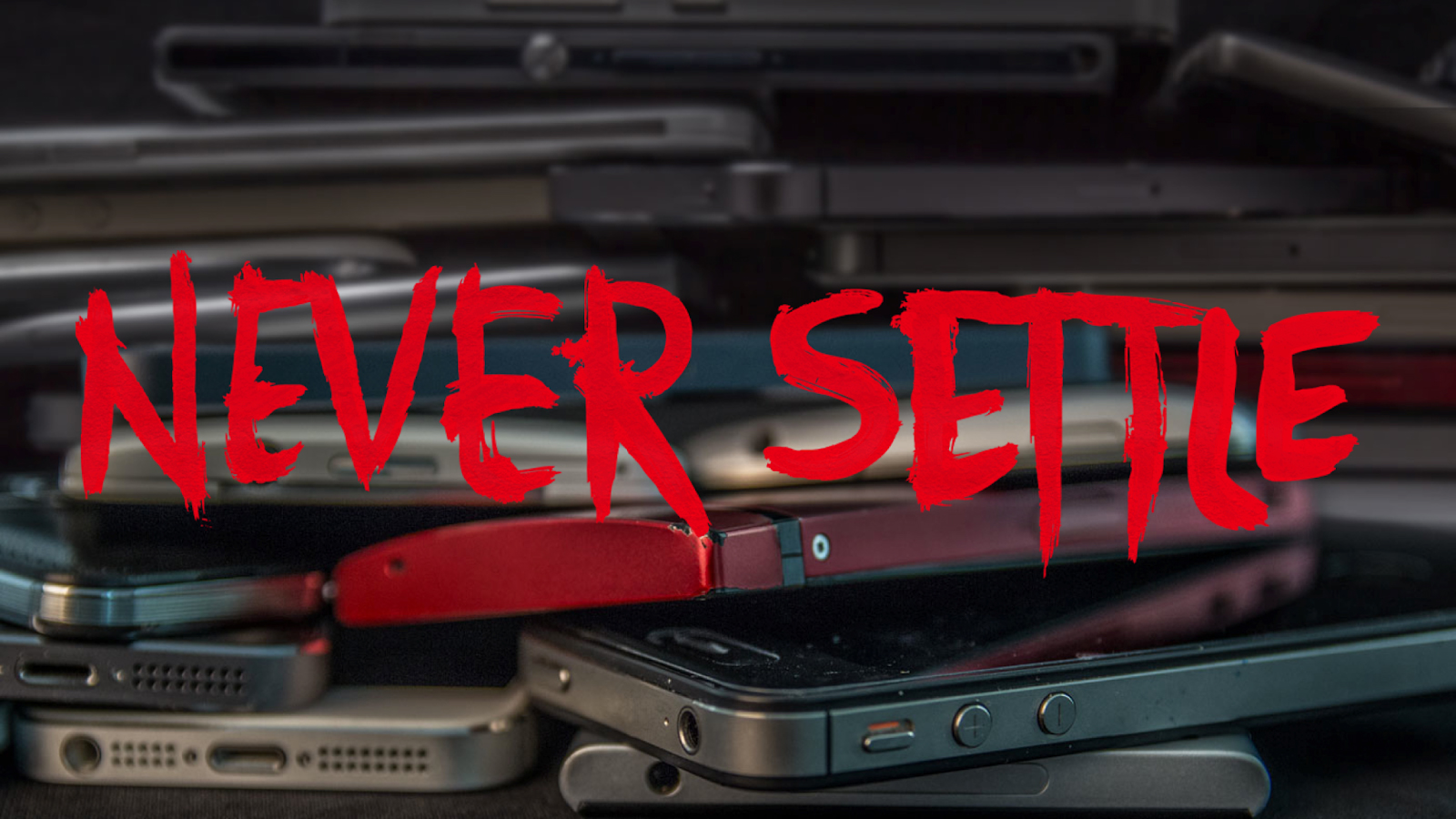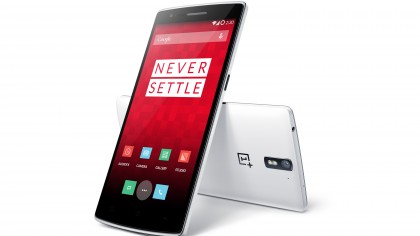OnePlus CEO: 'We didn't set out to create a low-cost phone'
How to make a supercheap superphone

The OnePlus One is a phone that nobody expected to see. Up until now, the formula has been pretty clear: pay more, get more.
This meant you either paid less and got a slightly substandard experience or forked out top dollar and got the best on the market.
There are one or two phones that belie their price-to-performance ratio (the Moto G and Nokia Lumia 520 are good examples of this) but the OnePlus One seems to be the first to truly break the mould.
We spoke to CEO Pete Lau,the ex-vice-president of Chinese phone manufacturer Oppo who decided late last year to resign his position and just over than half a year had created a phone ready to ship to consumers.

That in itself is remarkable, but when you read the spec list, the feat becomes more impressive: a Qualcomm 801 processor, Sony-made Exmor camera sensor, a 5.5-inch screen from the same company that supplies the HTC One M8…the list goes on.
And all for £219 / $300 (around AU$320), dramatically undercutting even the current 'cheap superphone' on the market, the Nexus 5, quite significantly.
We spoke to Lau over email to get to find out why he left Oppo to strike out on his own, if the initial launch was meeting expectations and what the future holds for the company.
Get daily insight, inspiration and deals in your inbox
Sign up for breaking news, reviews, opinion, top tech deals, and more.
"I wanted to build a phone that could reach users across the globe and improve their day to day experience. I'm a big tech fan myself, so I made the phone I've always wanted," he said.
"All of us here really believe in that; we believe that technology can be fast, beautiful, and solidly built while still being accessible," he added.
"It's not surprising to me that other people feel similarly, but the positivity of the response still far exceeded our expectations."
Lau is pointing to the fact that despite not opening up pre-sales, over 140,000 signed up to smash their current high-end phone in exchange for the new OnePlus device. It's not that surprising given this method meant users could get a new, powerful smartphone for $1, but it showed quite an appetite.

OnePlus didn't ask everyone to break a perfectly usable handset, giving the option to send it to charity instead, but it showed appetite for a phone that's had no publicity beyond word of mouth and media coverage.
It's that method of marketing that Lau attributes as the reason for the low cost of the phone, but also admitted OnePlus is making no money on each handset sold.
"We are selling the phone at cost," admitted Lau. "We are able to do that by redistributing our costs to better benefit the user.
"Rather than put money towards a large marketing budget, we are focusing on online marketing and community interaction. Rather than working with retail partners, we rely on selling the device online.
"This hasn't really been done before, and we are comfortable not making money on our devices for the first two years to build the brand and gain people's trust that a great and reasonably priced product can be bought online."

Gareth has been part of the consumer technology world in a career spanning three decades. He started life as a staff writer on the fledgling TechRadar, and has grew with the site (primarily as phones, tablets and wearables editor) until becoming Global Editor in Chief in 2018. Gareth has written over 4,000 articles for TechRadar, has contributed expert insight to a number of other publications, chaired panels on zeitgeist technologies, presented at the Gadget Show Live as well as representing the brand on TV and radio for multiple channels including Sky, BBC, ITV and Al-Jazeera. Passionate about fitness, he can bore anyone rigid about stress management, sleep tracking, heart rate variance as well as bemoaning something about the latest iPhone, Galaxy or OLED TV.